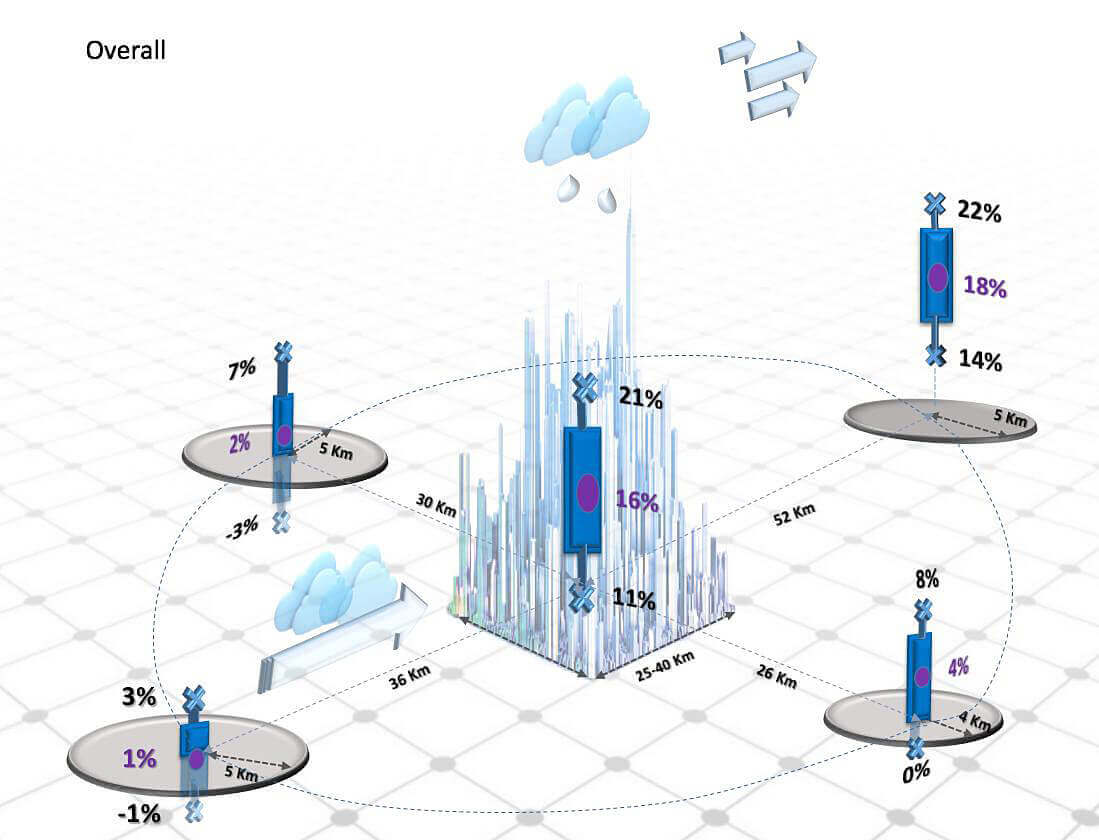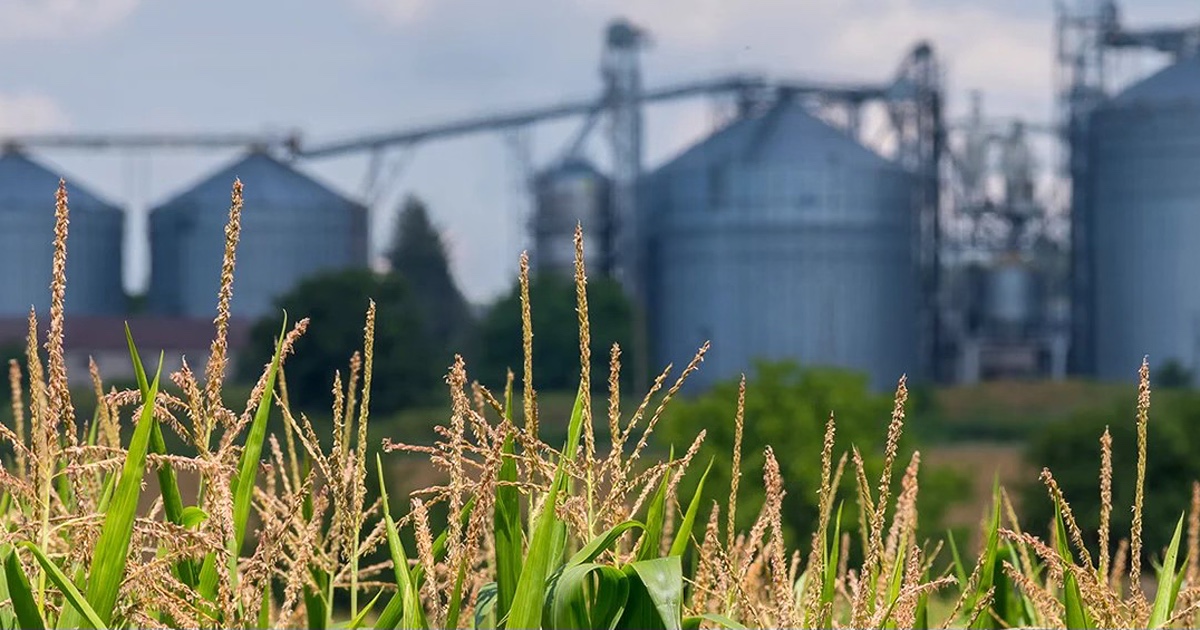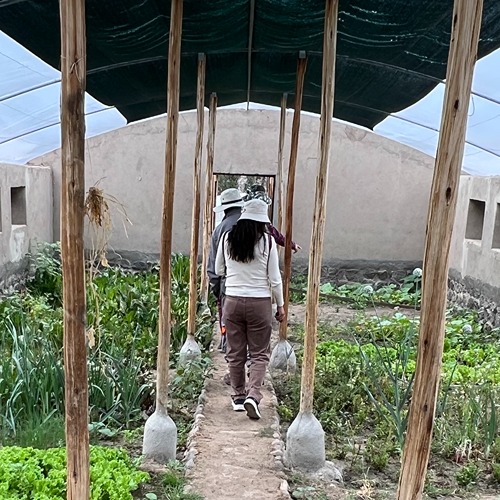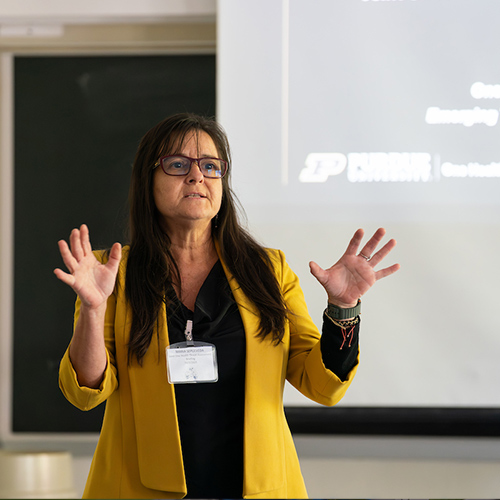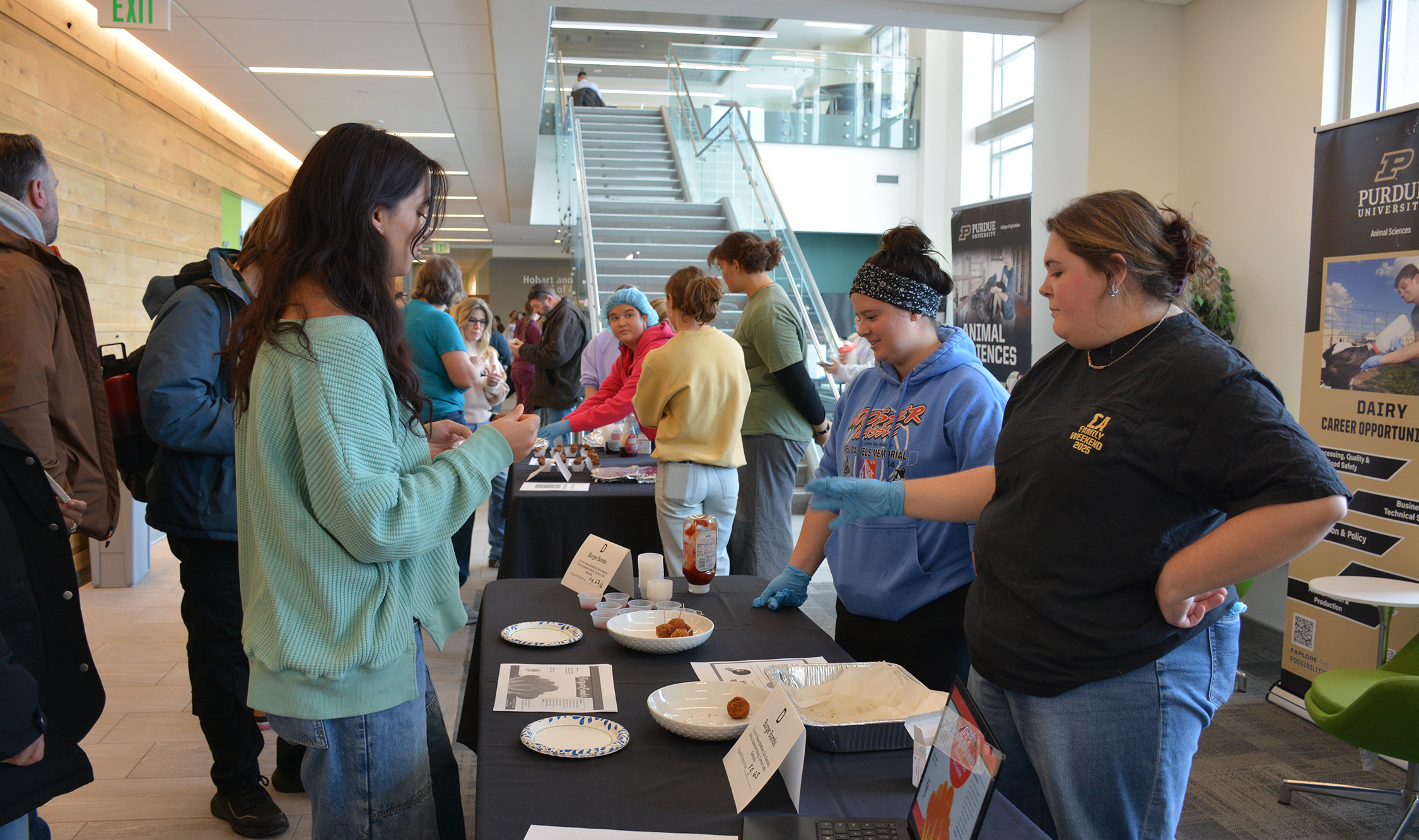Cities living with a strong chance of rain
Heavy rain can overwhelm municipal infrastructure and lead to flooding that can threaten lives and property. The U.S. alone spends millions - and sometimes billions - of dollars per year on flood recovery, and more is spent around the world.
A Purdue University study led by Dev Niyogi, a professor of agronomy and earth, atmospheric and planetary sciences, with statistics and data science graduate student Jie Liu, shows that the heat, humidity and pollution encountered by storms over cities can increase rainfall significantly not only downwind, as previous studies have shown, but also over the city. That information can help those in new or expanding communities plan their infrastructure accordingly.
“Reviewing all the quantifiable evidence that can be used, we can state unambiguously that cities affect rainfall,” said Niyogi, whose findings were published in the journal Scientific Reports. “There is more heating in a city, more moisture from human activities and pollution from aerosols that store energy and add them to a storm. What we get is both increased rainfall over the city and downwind.”
Based on a statistical meta-analysis of 85 studies that quantified rainfall change over and around urban areas, Niyogi and Liu found that the heat, moisture, and pollution of a city increase rainfall 16 percent over the city and 18 percent downwind, but less than 5 percent to the left and right of the storms.
“This unequivocal finding using meta-analysis techniques for an age-old problem highlights the value of data science to better understand and solve real-world problems,” Liu said.
Niyogi said tall buildings associated with cities push wind to the left and right, causing the small increases in those directions. The conditions in a city increase the storm’s capacity, leading to rain over and downwind of the urban area.
“When a storm reaches a city, the punch becomes bigger, more violent,” Niyogi said. “It can precipitate like a balloon bursting, right over the city or just past the city.”
Cities are more densely populated than ever, Niyogi said, increasing the frequency of climate-related disasters such as flooding. That makes informed municipal planning key to protecting lives and property.
“The regions in and around cities are going to be more vulnerable to storms and flooding, and we should consider this threat potential when considering future development, stormwater discharge and carrying capacity,” Niyogi said. “We need to have infrastructure that can handle precipitations in urban areas.”
Niyogi also called on colleagues to consider how they present their findings when it comes to urban rainfall studies. After reviewing more than 2,000 published papers, only about 85 studies from 48 papers had data to develop quantifiable findings. Most of the papers did not provide information that could be translated for the broader community.
“Every published study was useful for advancing our understanding; however, if our goal here is that the research that has matured can be usable for the broader community, can be applied for disaster resiliency, then we should not be simply presenting the idea and discuss processes, but also make an attempt at giving quantifiable numbers and empirical guidelines that can be used to link and bridge information from study to study,” Niyogi said.
The work aligns with Purdue's Giant Leaps celebration, acknowledging the university’s global advancements made in sustainability as part of Purdue’s 150th anniversary. This is one of the four themes of the yearlong celebration’s Ideas Festival, designed to showcase Purdue as an intellectual center solving real-world issues.
The National Science Foundation, the U.S. Department of Agriculture and the Indian Ministry of Earth Sciences supported this research.
